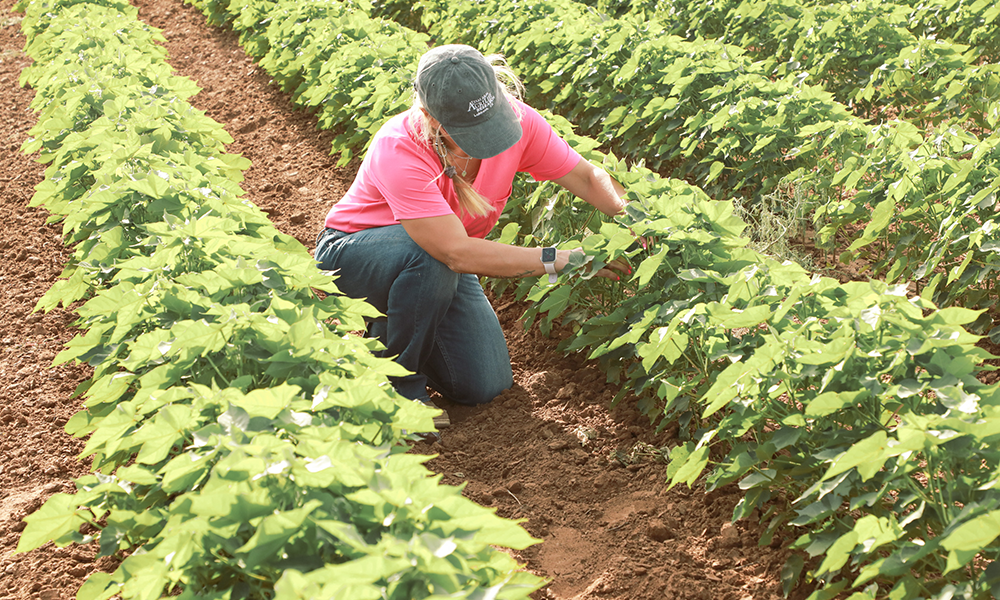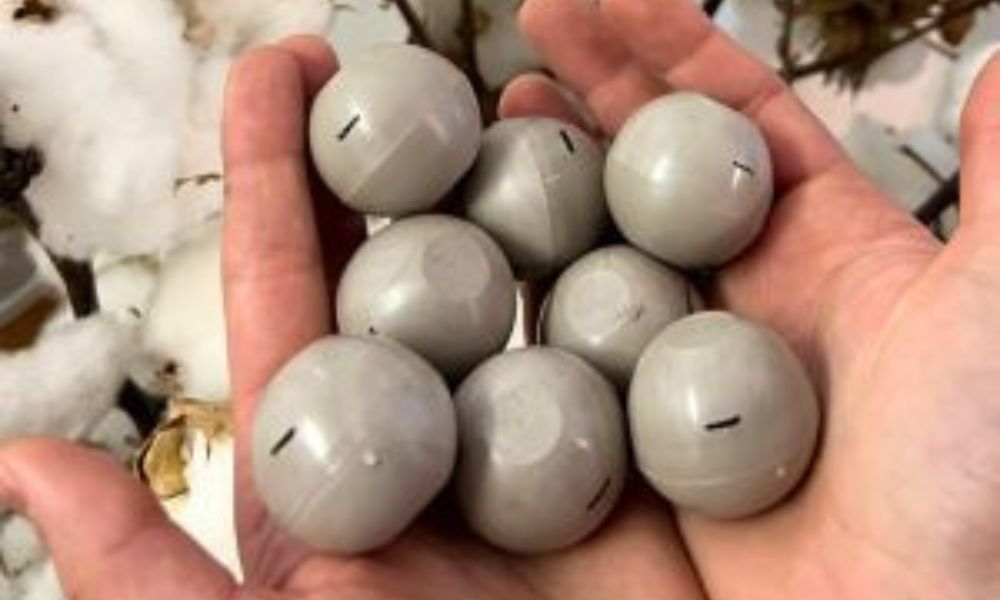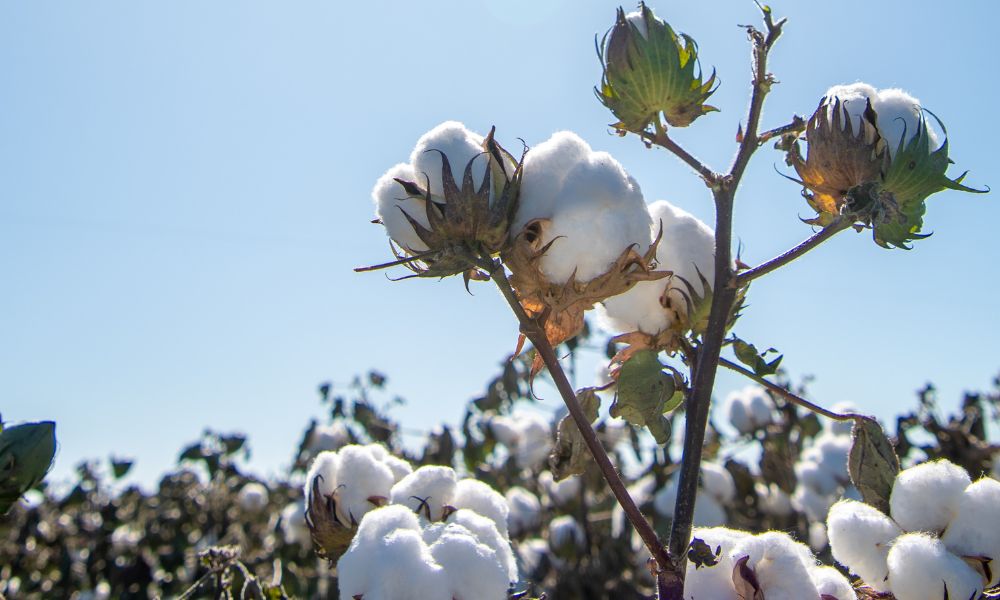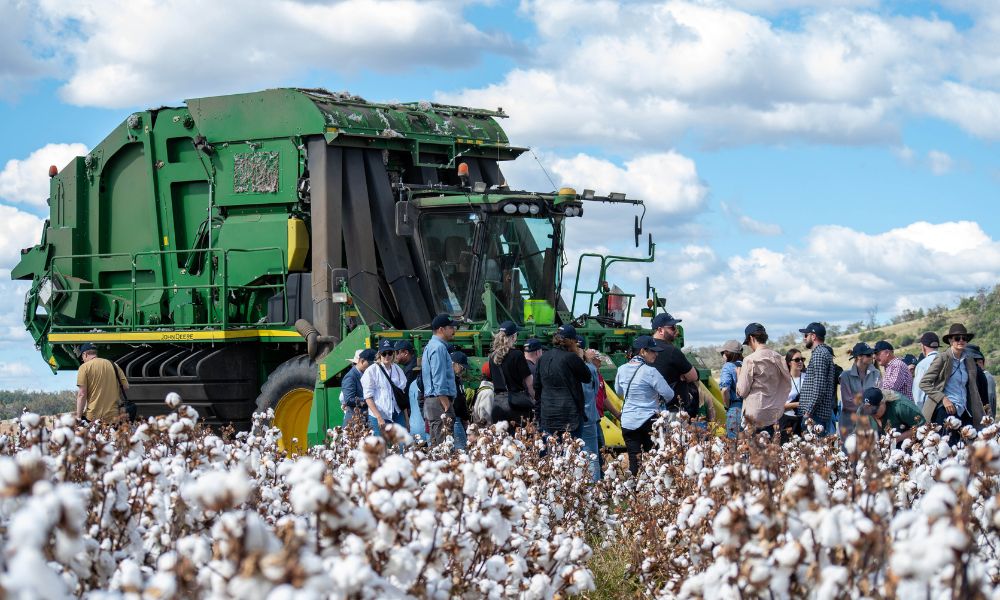Sharing And Caring At The Heart Of Water Efficiency For Cotton Growers
February 2, 2023
Chats around the barbecue have sparked water saving techniques for a group of Australian cotton farmers
But it seems the well-known Aussie traits of having a yarn and sharing ideas around the barbeque may be giving some farmers the edge as they compare results and implement strategies that are working for each other.
Around the world, cotton farmers are striving to get the best results for the least inputs – whether that’s chemicals, synthetic fertilisers, energy or water – the aim is the same – look after the environment, ensure sustainability and generate the best product that global consumers are demanding.
On the Darling Downs, a group of farmers are getting incredible results through a diverse mix of strategies. Already beating the national average on chemical use by 40%, the group is now focussed on improving water efficiency and the aim is to consistently achieve a minimum of 2-bales with each megalitre applied.
At Brookstead, Darling Downs Cotton Grower of the year Johannes Roellgen moved to overhead irrigation many years ago allowing variability in water delivery quickly pending changing weather patterns and events.
“It comes at a cost with higher set-up, energy and diesel inputs but those costs are outweighed by the increased water efficiency of around 25%. With licences out of the Condamine River we find overhead irrigation way better then flood irrigation, which is harder to regulate and control if there’s a flood after watering.”
Neighbour Hamish Bligh has similar results. “With the overhead irrigators we are about 25% more efficient than the flood irrigation. And it gives you a system where you get more crop under the irrigation because we don’t have to set up the flood systems and laser level and all those sorts of things.”
Howard Rother relies on drip irrigation for most of his cotton and he said he can achieve as much as 3.5 to 4 bales per megalitre in the best conditions.
“I like to think that were trying to grow more crop per drop because if we can grow more cotton with the same water that’s where it will be beneficial to us. We want to push the boundaries – the agronomist thinks we can go to 12 and a half bales per hectares on skip row. There’s some areas we could have improved our water use and fertiliser.”
In 2020, Hamish harvested an entire cotton crop with only one in-crop irrigation – good plant nutrition allowed the first irrigation to be pushed back to February.
“We got away with 1 in-crop irrigation and achieved about 12 bales. We were pretty lucky because we got a good 75 ml storm at the end of the season which helped us through. Made the water use efficiency look really good.”
Water use efficiency is important to every farmer, and they also agree that its harmful to the plant to put on one drop more than they have to. And some have different ideas about what works in minimising water use, it’s an old fashioned approach that sometimes brings the best results for all involved.
Hamish, Johannes and all of agronomist Matt Holding’s cotton farmers meet at the end of each season to share what worked and what didn’t and that’s been a major benefit to all, as they focus on water efficiency.
“Every year at the end of the season we have a get together with all the guys that Matt is involved with here. We all sit there and talk about how the season went and what we ended up with and what worked and didn’t work.” Hamish said.
The shared results boost knowledge for all the regions farmers and typical for all cotton growers – they do whatever they can to help each other, then everyone wins.














Recent Comments